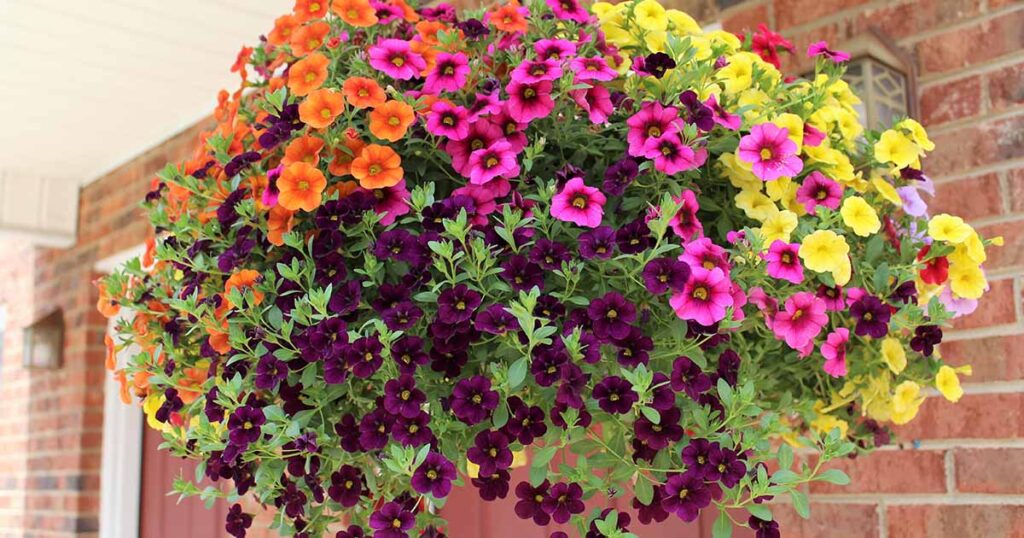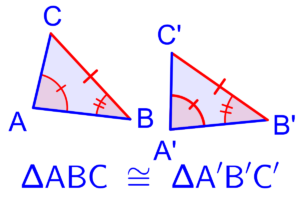
Petunias are beloved for their vibrant blooms and easy-care nature, making them a popular choice for container gardening enthusiasts. When it comes to planting petunias in pots, selecting suitable companion plants can enhance their beauty and create stunning displays. In this article, we explore the art of companion planting with petunias, offering insights into choosing the perfect partners for your container gardens.
**I. Introduction**
Petunias are renowned for their versatility and ability to thrive in various growing conditions, from sunny patios to balconies and windowsills. In container gardens, petunias serve as excellent focal points, adding bursts of color and charm to outdoor spaces. By carefully selecting companion plants, gardeners can elevate the beauty of petunias and create captivating displays that delight the senses.
**II. Choosing Companion Plants for Petunias**
*Flowering Annuals*
1. **Marigolds**: These cheerful annuals complement petunias with their vibrant hues and long-lasting blooms. Marigolds are known for their pest-repellent properties, making them a practical choice for container gardens.
2. **Verbena**: With its delicate flowers and trailing habit, verbena adds a touch of elegance to petunia arrangements. Choose varieties with similar light and water requirements for harmonious growth.
3. **Lobelia**: Ideal for adding a splash of cool blue or purple to petunia containers, lobelia thrives in the same sunny conditions as petunias and offers a beautiful contrast in texture and form.
*Foliage Plants*
1. **Creeping Jenny**: The trailing foliage of creeping Jenny spills gracefully over the edges of containers, creating a lush backdrop for petunia blooms. Its chartreuse leaves add a pop of color and texture to mixed plantings.
2. **Sweet Potato Vine**: Available in a range of colors, from vibrant lime green to deep purple, sweet potato vine adds drama and visual interest to petunia arrangements. Plant it near the edges of containers to allow its cascading vines to drape gracefully.
3. **Coleus**: Valued for its colorful foliage and shade tolerance, coleus complements petunias in mixed plantings, adding depth and dimension to container gardens. Choose varieties with contrasting leaf shapes and patterns for added visual impact.
*Herbs and Edibles*
1. **Basil**: Incorporating aromatic herbs like basil into petunia containers not only adds culinary value but also enhances the sensory experience. Choose compact basil varieties that thrive in containers and enjoy the same sun exposure as petunias.
2. **Thyme**: With its low-growing habit and delicate foliage, thyme makes an excellent companion for petunias in pots. Plant it along the edges or between petunia plants to fill in empty spaces and add texture to the arrangement.
3. **Lettuce**: For a practical and decorative touch, consider planting lettuce alongside petunias in containers. Choose colorful lettuce varieties, such as red leaf or butterhead, to add visual interest and create a beautiful edible display.
**III. Designing Beautiful Petunia Container Gardens**
*Color Coordination*
1. **Harmonizing and Contrasting Colors**: Experiment with different color combinations to create visually stunning displays. Pairing complementary colors like purple and yellow or contrasting colors like pink and orange can make a bold statement.
2. **Creating Visual Interest**: Incorporate plants with varying bloom times to ensure continuous color throughout the growing season. Mix petunias with early-blooming spring flowers like pansies or late-season bloomers like ornamental grasses for year-round appeal.
*Height and Texture*
1. **Layering Plants for Dimension**: Arrange plants in containers according to their height, with taller specimens placed in the center or back and shorter plants along the edges. This creates a sense of depth and visual balance in the arrangement.
2. **Incorporating Varying Textures**: Combine plants with different leaf shapes and textures to add visual interest and complexity to container gardens. Pair the smooth, velvety petals of petunias with the spiky foliage of ornamental grasses or the trailing vines of sweet potato vine for a dynamic display.
*Thriller, Filler, Spiller Concept*
1. **Selecting a Focal Point**: Choose a focal point plant, or “thriller,” such as a tall grass or flowering shrub, to anchor the container garden and draw the eye.
2. **Adding Fillers and Trailers**: Surround the thriller plant with “filler” plants like petunias and annuals to fill in empty spaces and add volume to the arrangement. Incorporate “spiller” plants like trailing vines or cascading flowers to soften the edges of containers and create a sense of movement.
**IV. Tips for Successful Container Gardening with Petunias**
*Container Selection*
1. **Choosing the Right Size and Material**: Select containers that are large enough to accommodate the root systems of petunias and companion plants. Opt for lightweight materials like plastic or fiberglass for easy mobility.
2. **Ensuring Proper Drainage**: Ensure containers have adequate drainage holes to prevent waterlogging and root rot. Use pot feet or risers to elevate containers off the ground and promote airflow.
*Soil and Fertilization*
1. **Using High-Quality Potting Mix**: Use a well-draining potting mix specifically formulated for container gardening. Incorporate organic matter like compost or peat
moss to improve soil structure and fertility.
2. **Fertilizing Regularly for Optimal Growth**: Feed container plants with a balanced liquid fertilizer or slow-release granules to provide essential nutrients throughout the growing season. Follow package instructions for application rates and frequency.
*Watering and Maintenance*
1. **Monitoring Soil Moisture Levels**: Check soil moisture regularly and water container plants as needed to keep the soil evenly moist but not waterlogged. Water early in the morning or late in the evening to reduce evaporation and minimize stress on plants.
2. **Deadheading Spent Flowers**: Remove spent flowers from petunias regularly to encourage continuous blooming and maintain a tidy appearance. Pinch back leggy growth and trim back overgrown foliage as needed.
3. **Preventing Pest and Disease Problems**: Monitor container plants for signs of pests or diseases and take appropriate action to prevent infestations. Practice good sanitation by removing fallen leaves and debris from containers to reduce the risk of fungal infections.
**V. Conclusion**
Enhancing your petunia container gardens with complementary companion plants offers endless possibilities for creativity and expression. By carefully selecting plants based on color, texture, and growing habits, you can design stunning arrangements that showcase the beauty of petunias and their companions. Experiment with different combinations and techniques to create unique and personalized container gardens that bring joy and inspiration to your outdoor spaces. Whether you’re a novice gardener or seasoned green thumb, the art of companion planting with petunias opens up a world of possibilities for creating beautiful and thriving container gardens.




